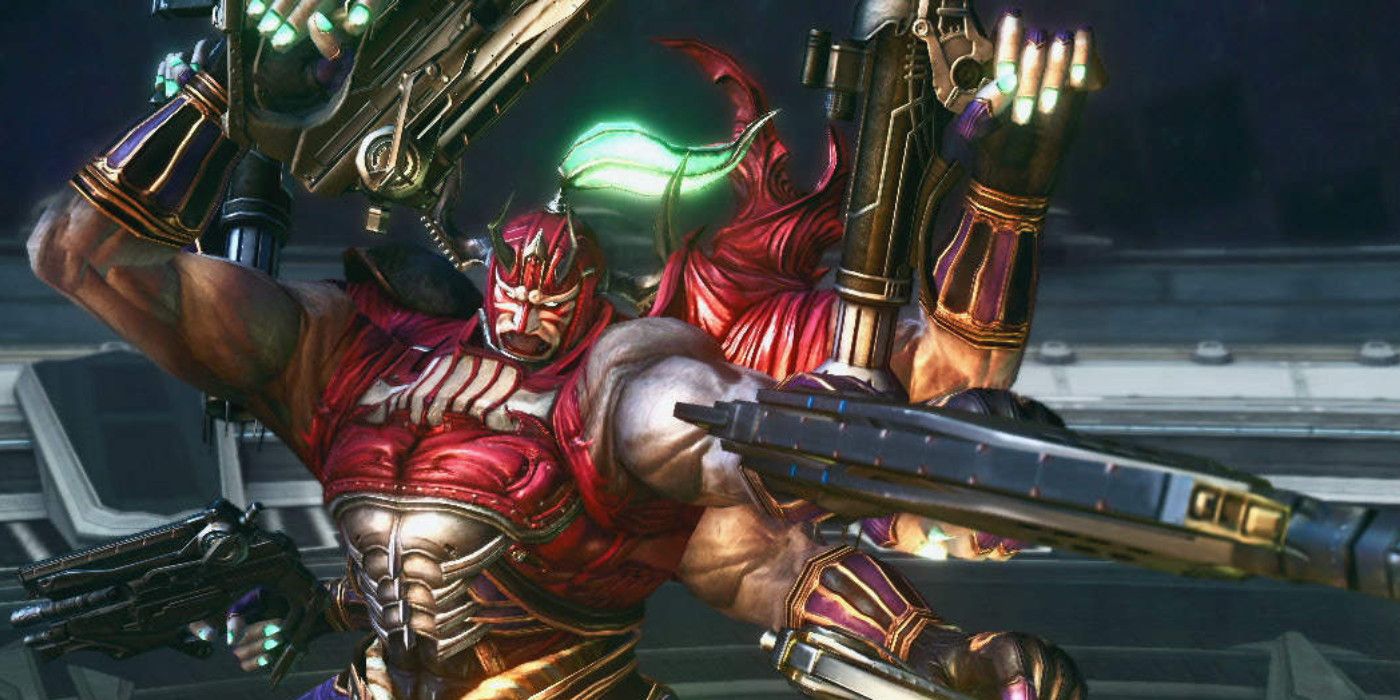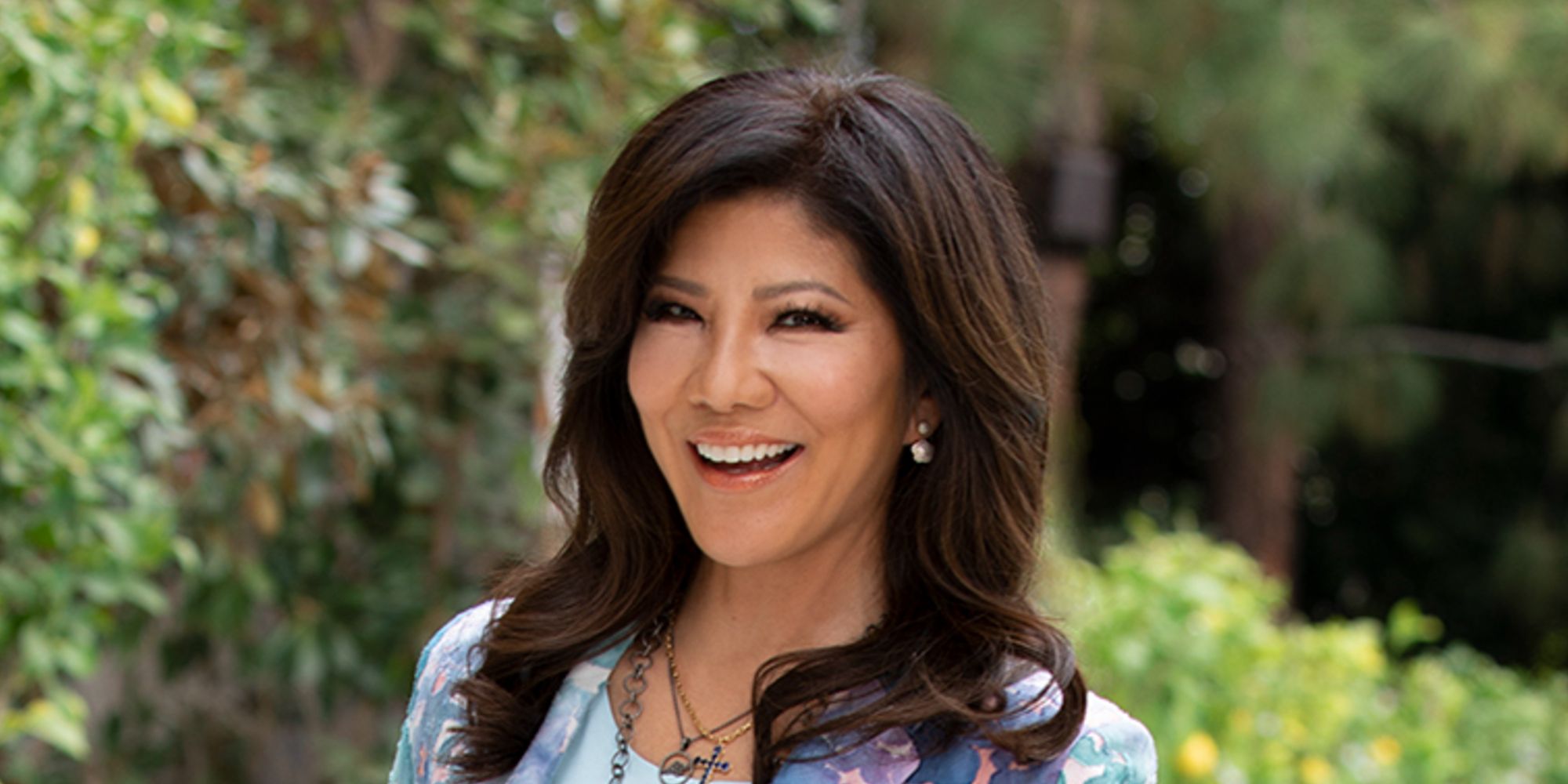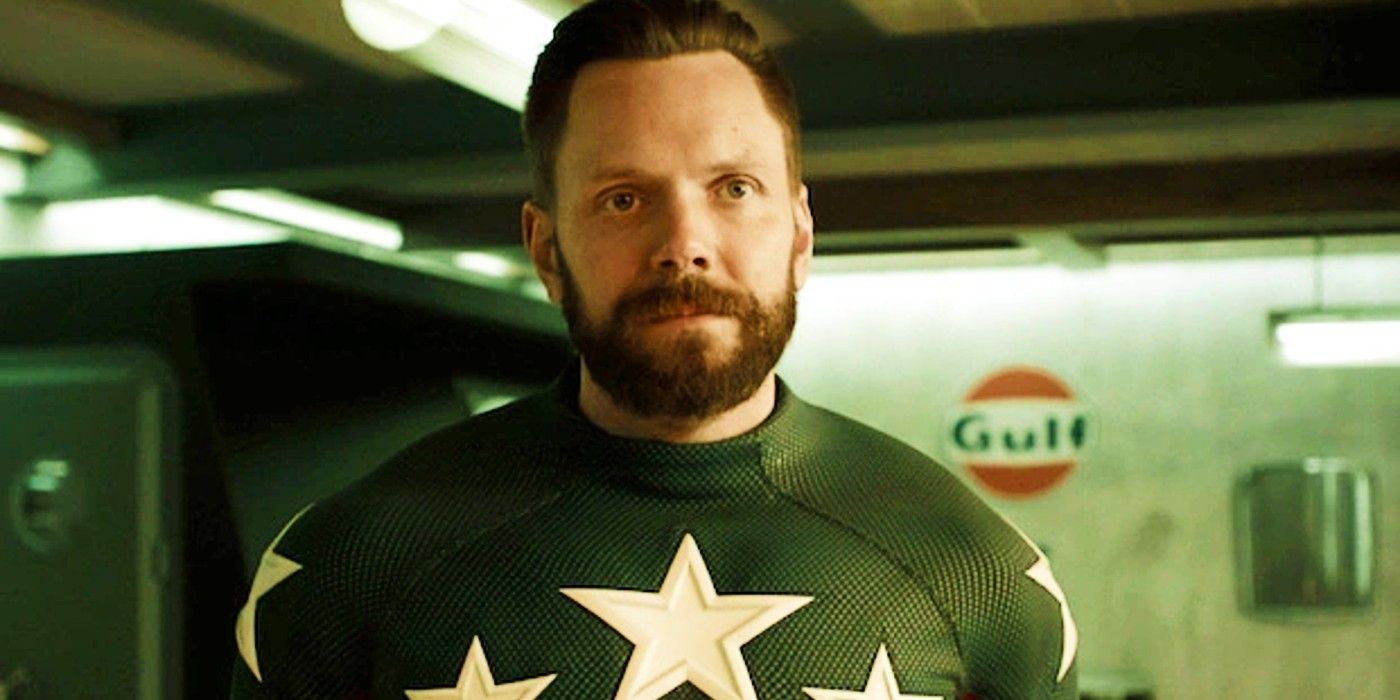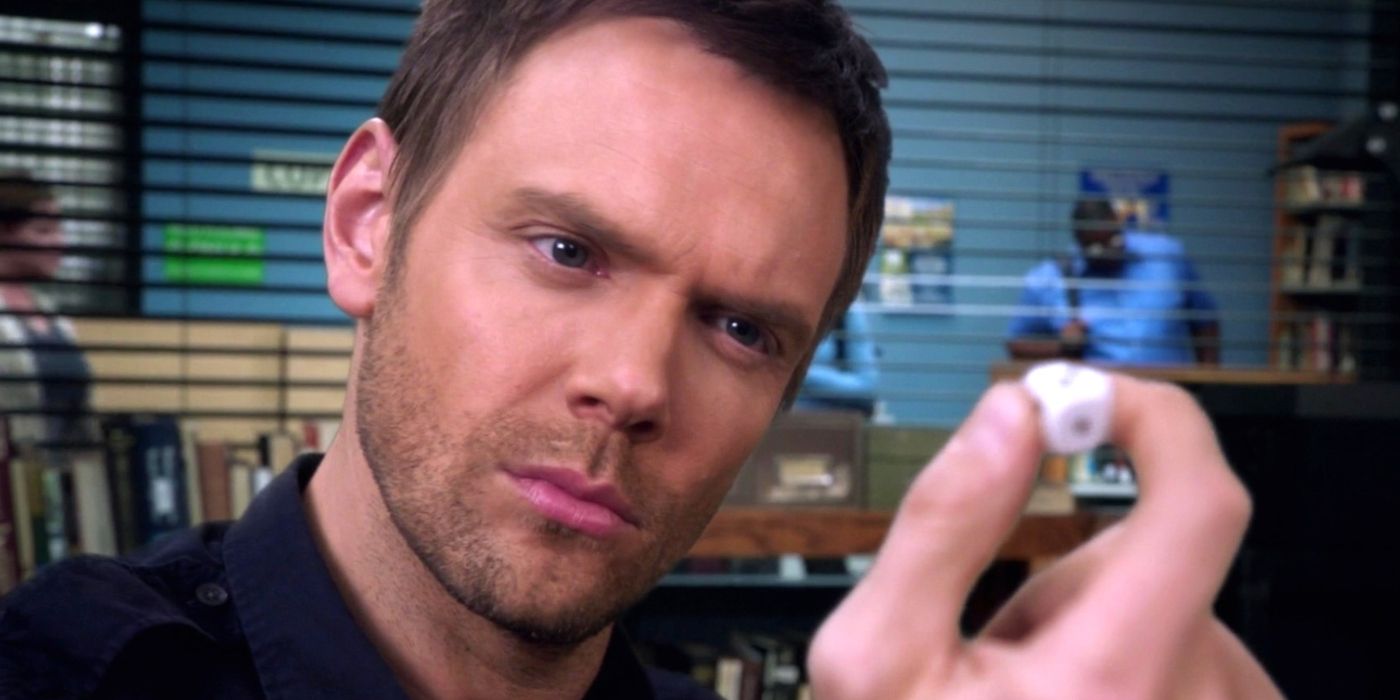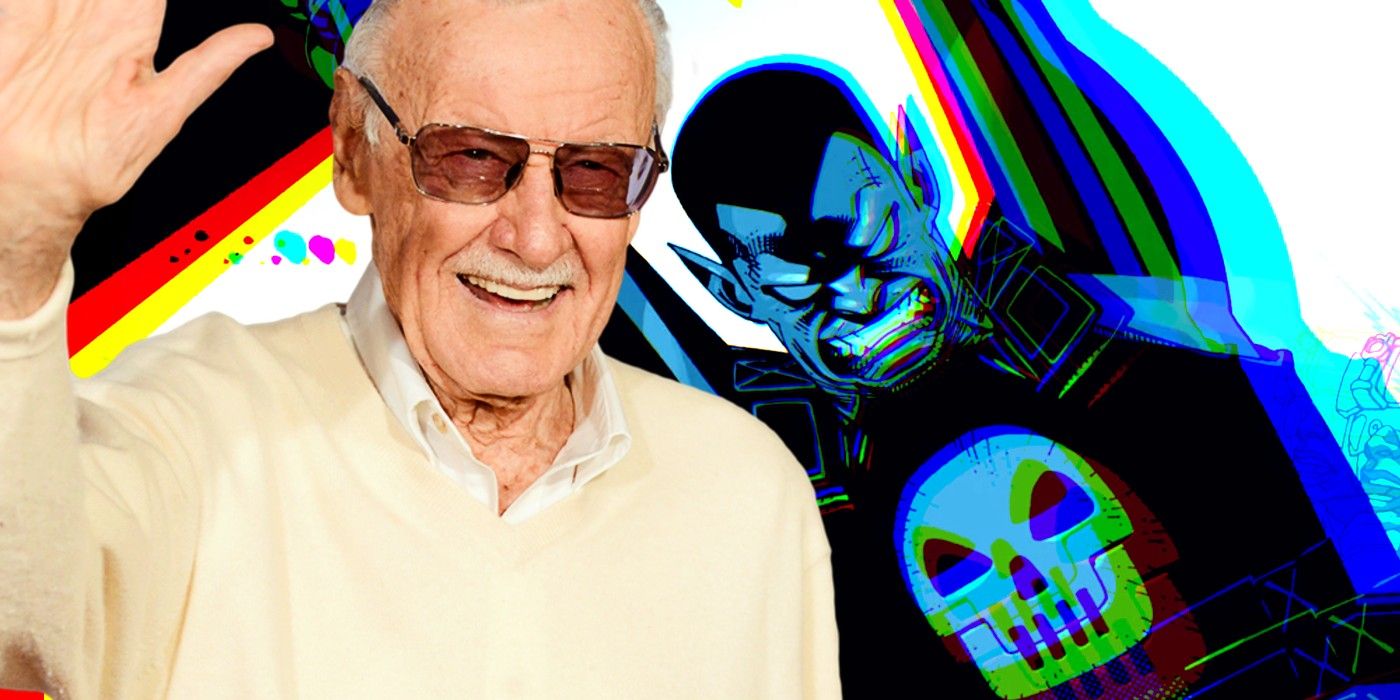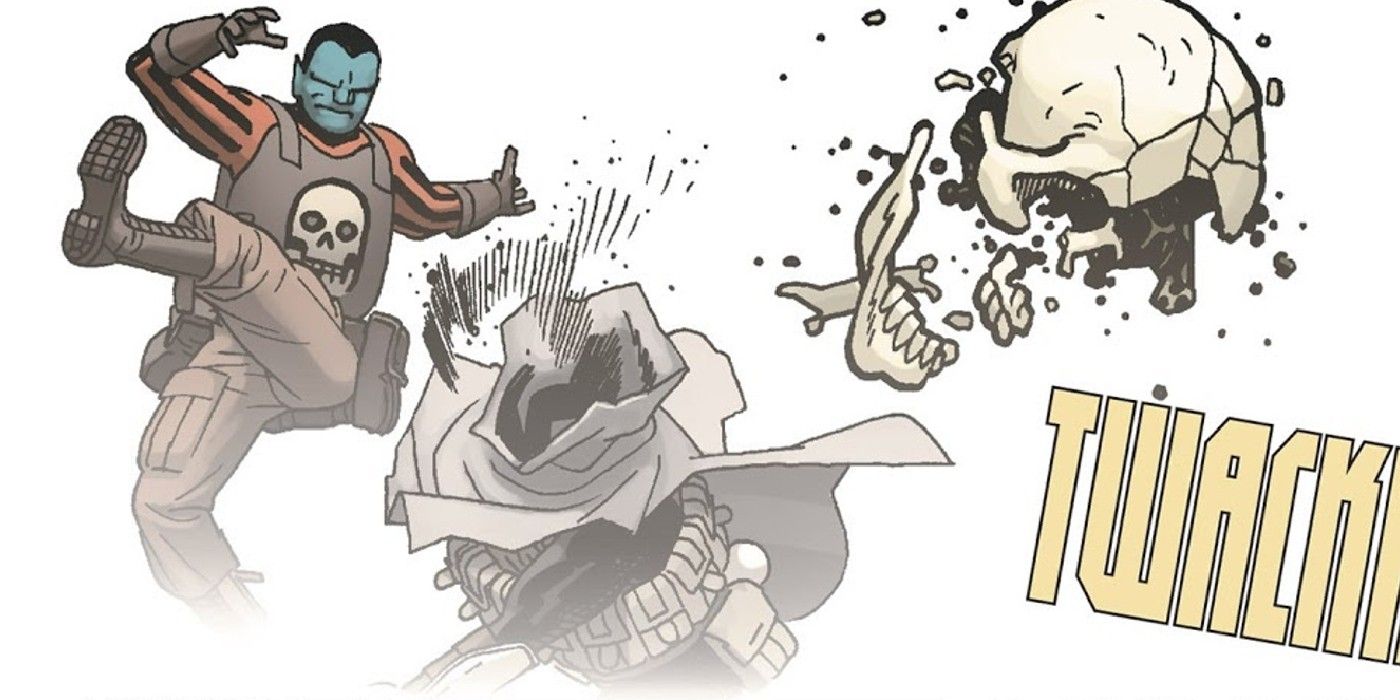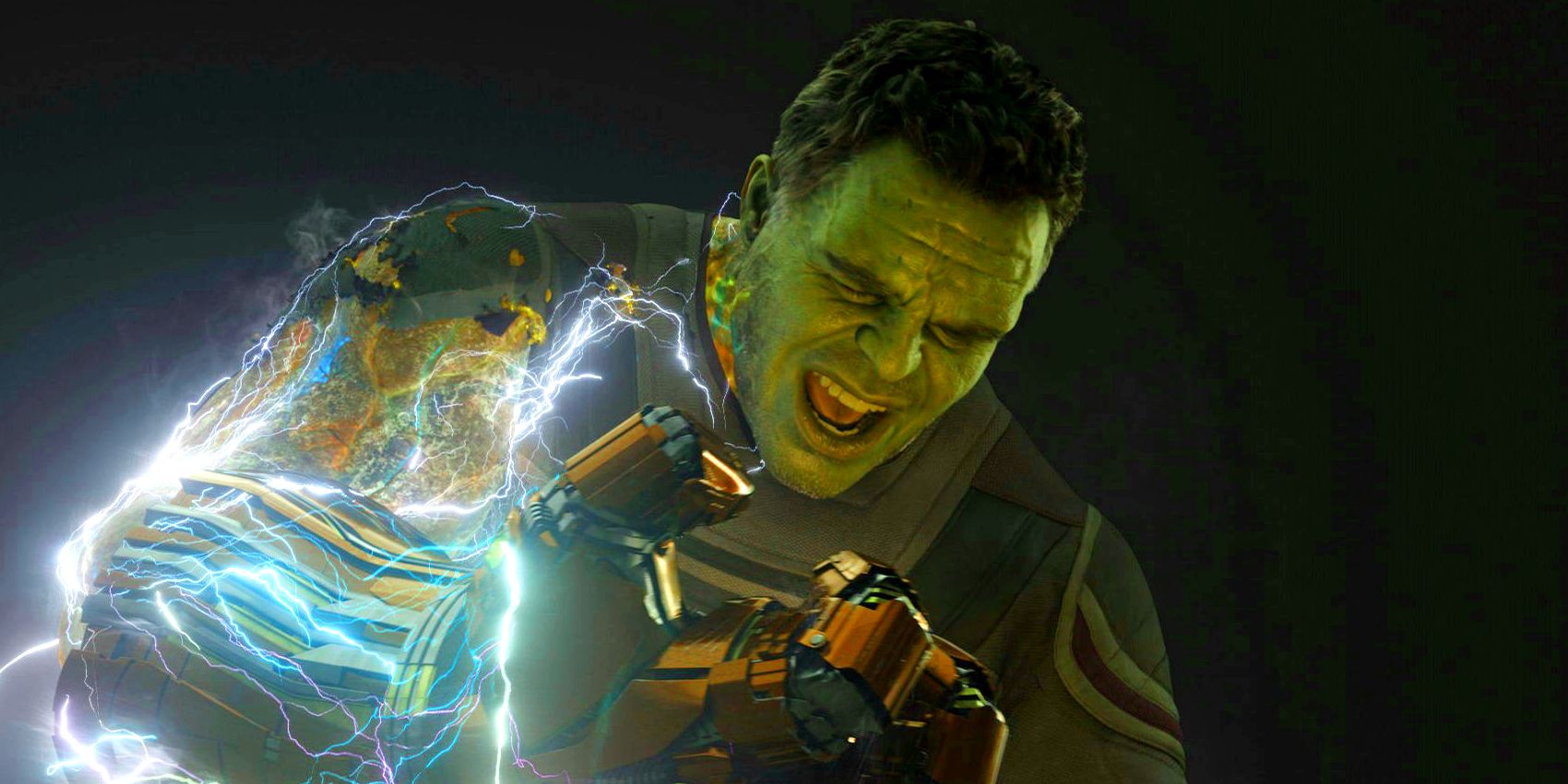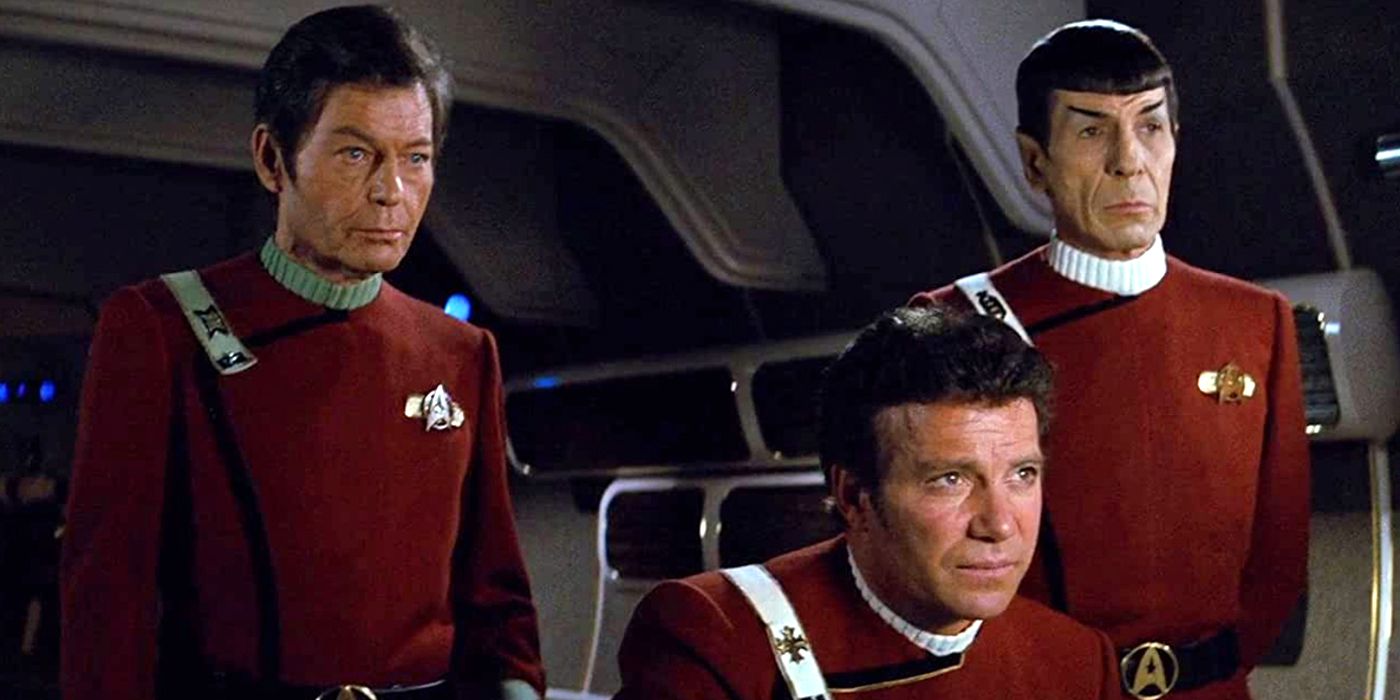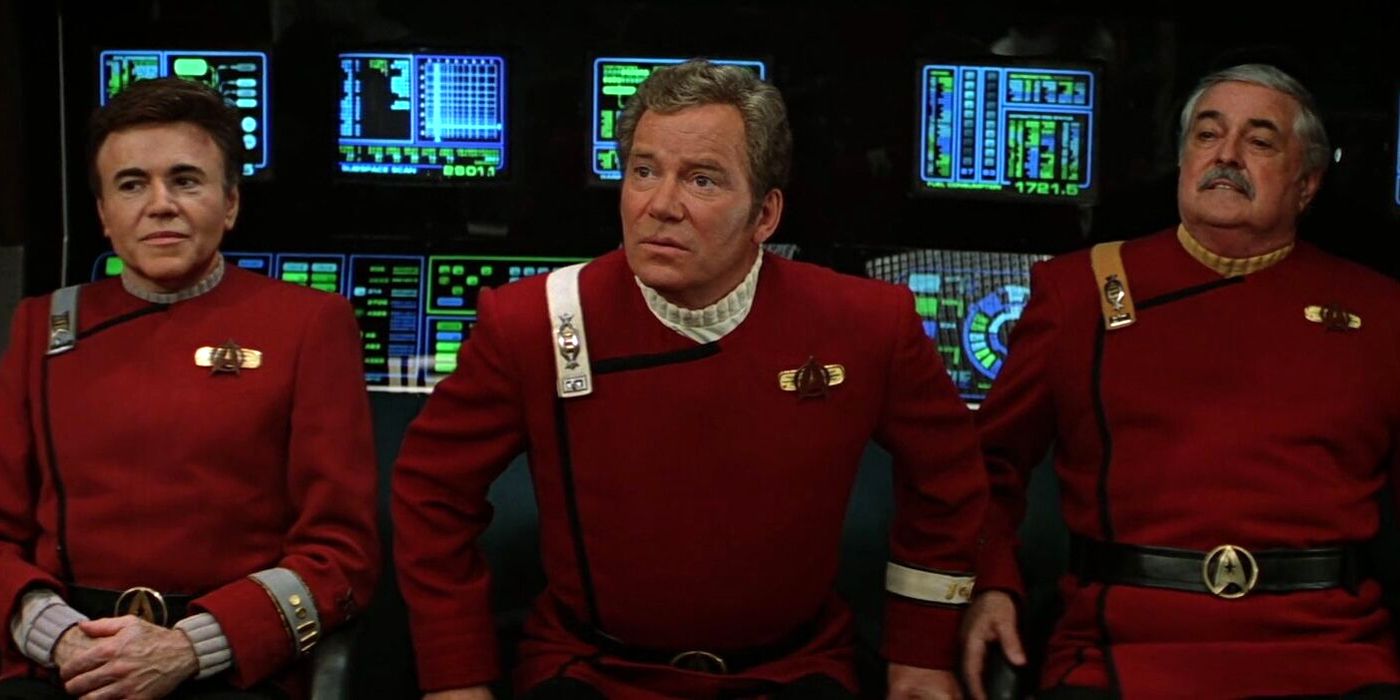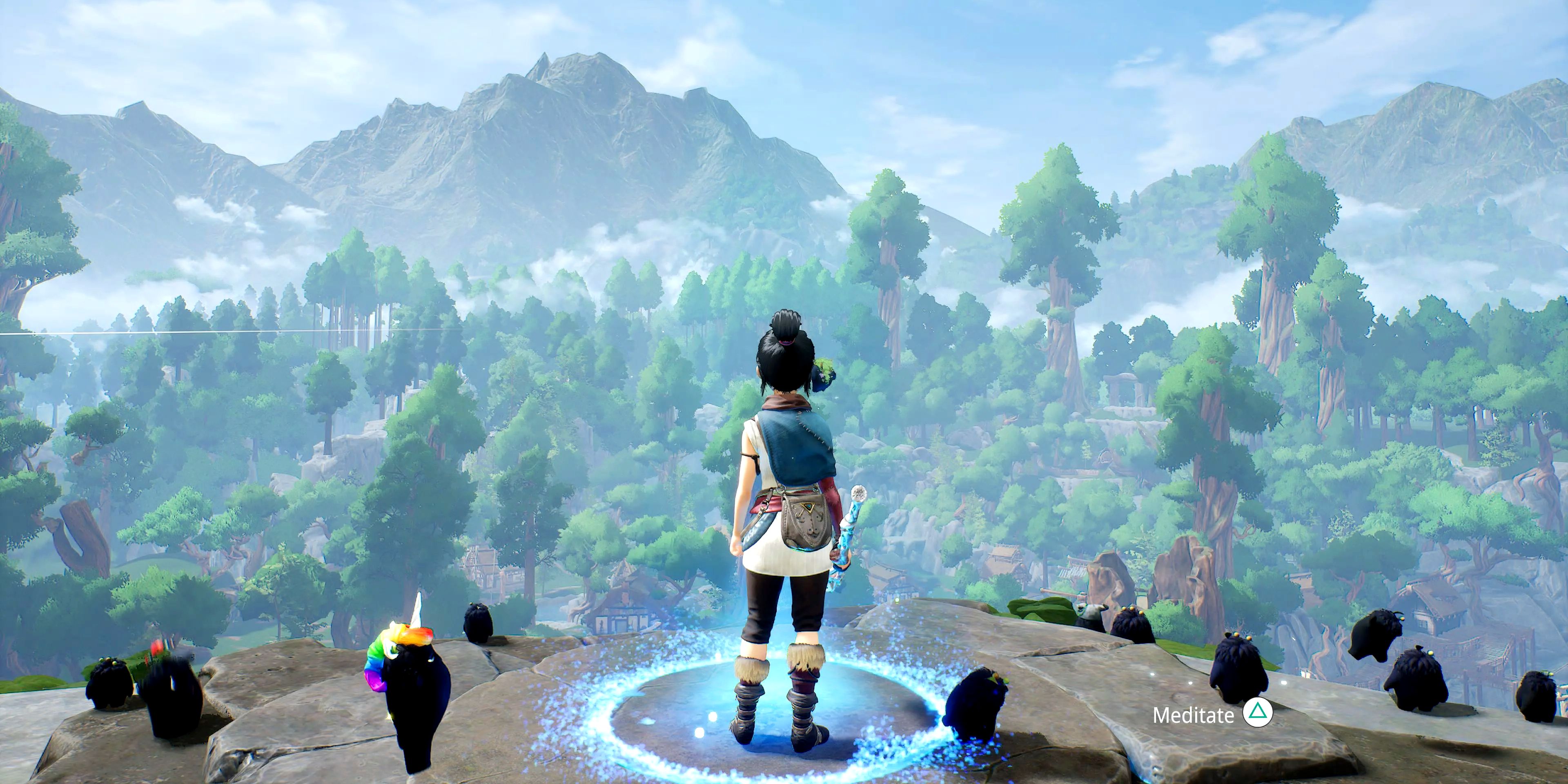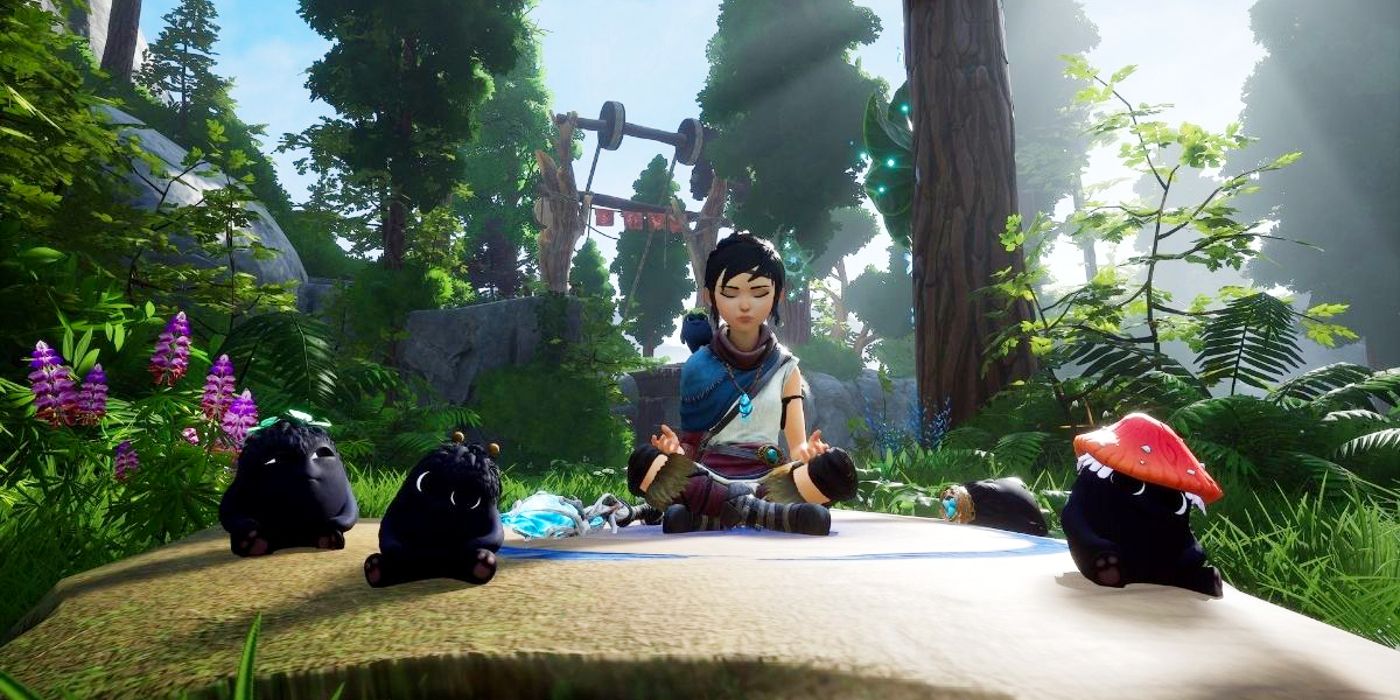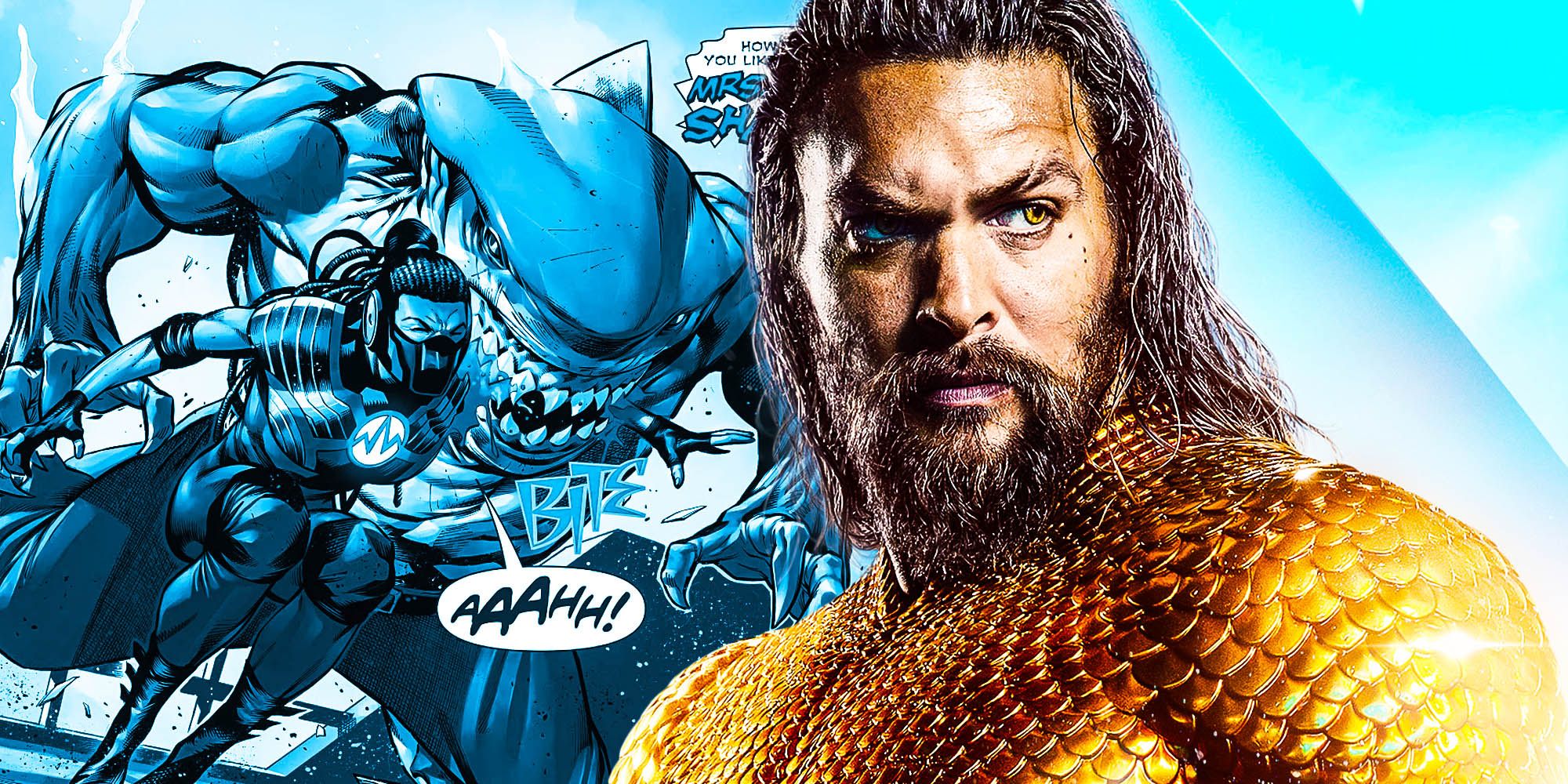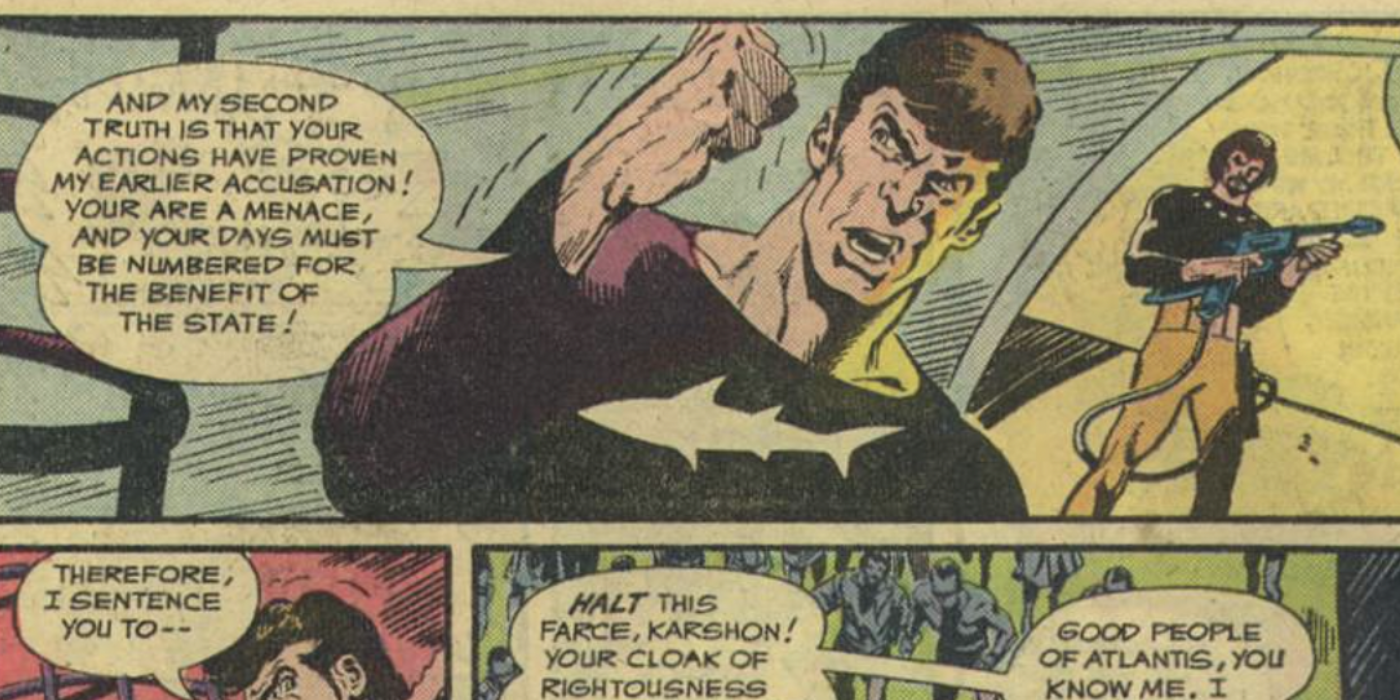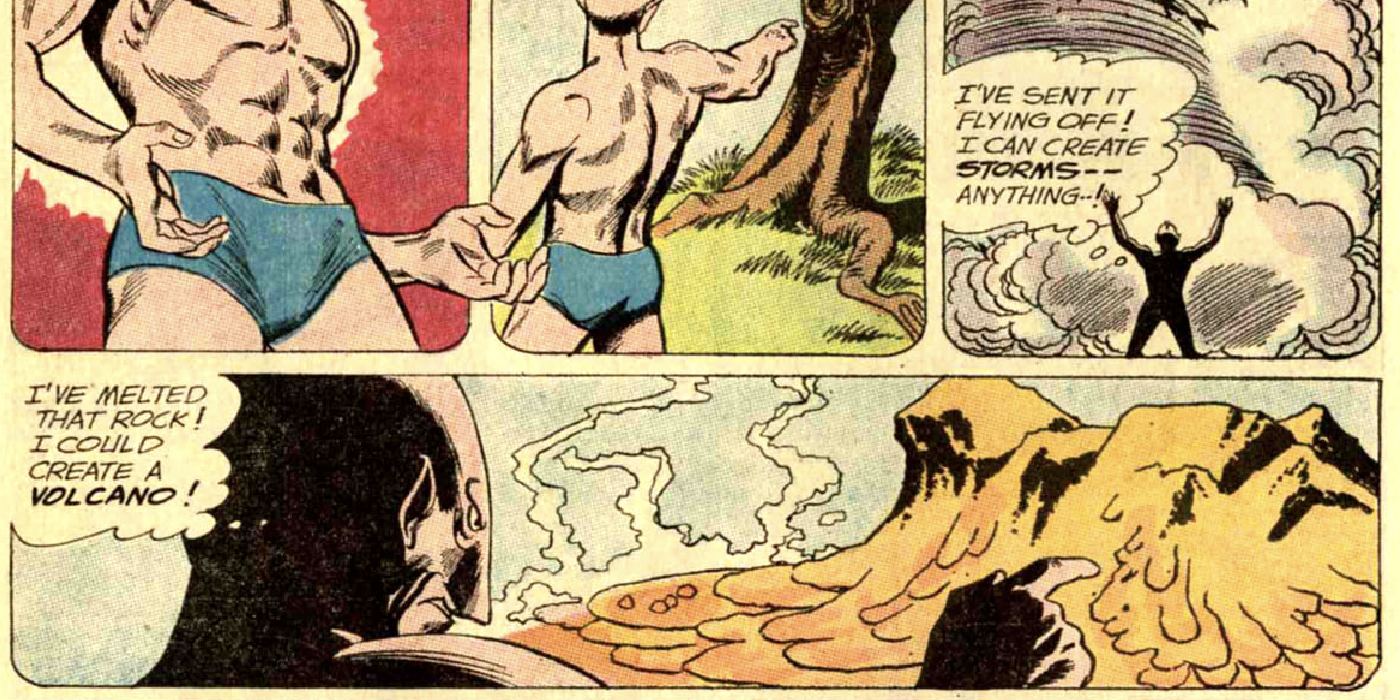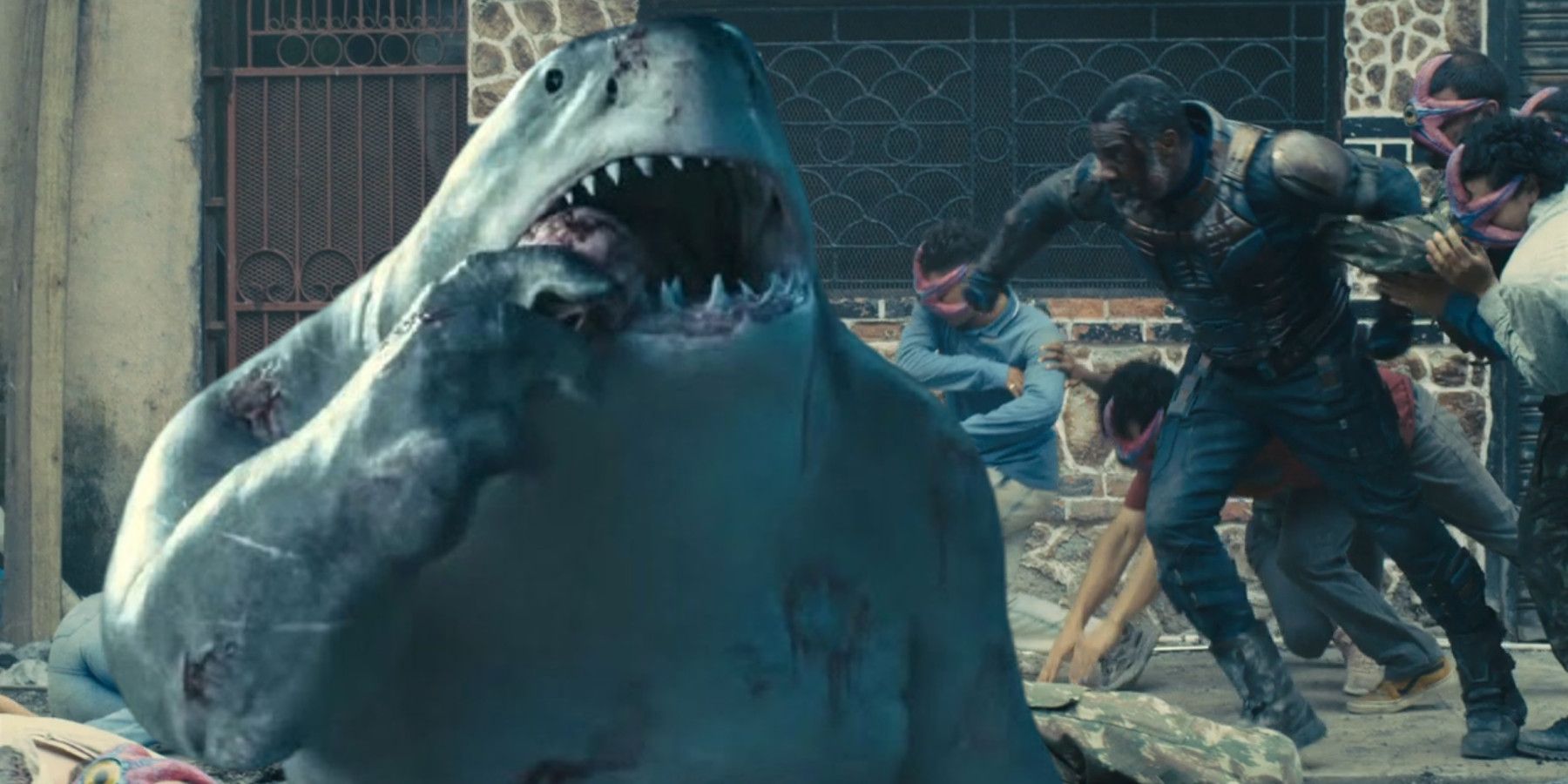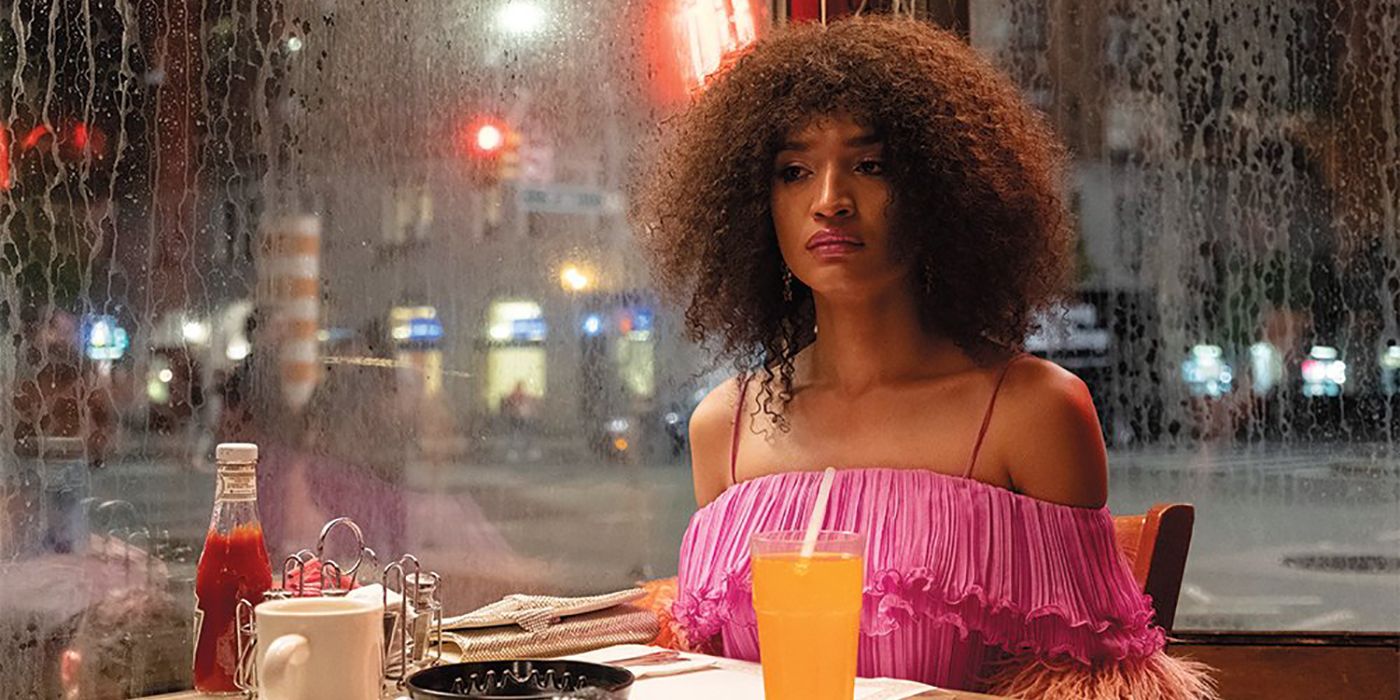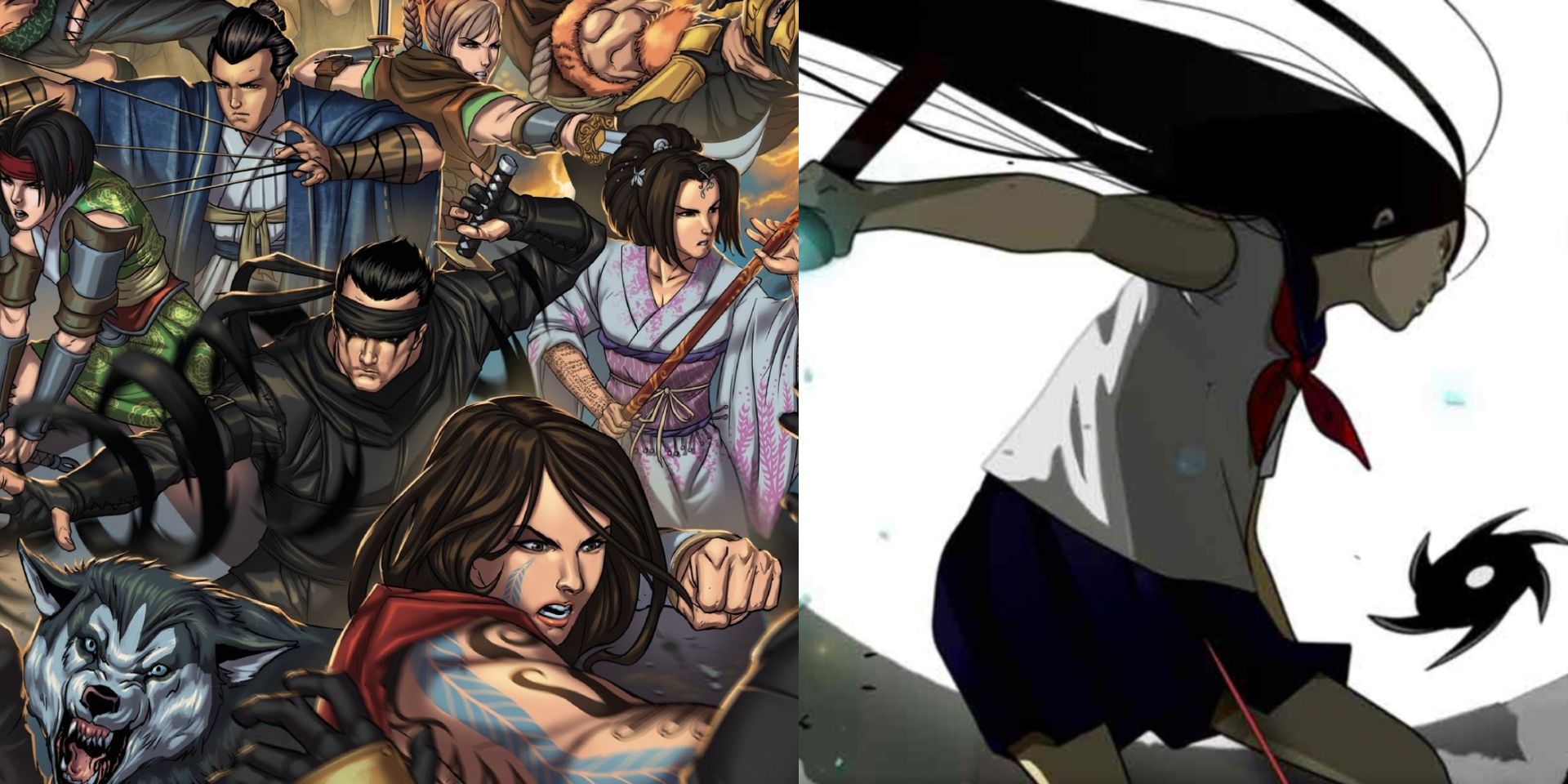
Ninjas are cool, as are tabletop roleplaying games; therefore, tabletop RPGs with ninjas in them must be extra cool! But what is a ninja, exactly, and what makes them such a staple of pop culture? The following RPG systems, each with their own stylized take on Ninjas somewhere on the spectrum between Teenage Mutant Ninja Turtles and Sekiro: Shadows Die Twice, try to answer this question.
Ask most people born in the 20th century what a ninja is, and they’ll generally think of a stealthy assassin dark clothes and a hooded cowl, wielding exotic weapons such as throwing stars, sickles, and Sai daggers. Ask people who grew up during the 2000s or 2010s, and they may cite the Ninja Gaiden series or the Lego Ninjago franchises, media about warriors who wield magical “Ninjutsu” techniques and exotic martial arts. Ask a historian about Ninjas, and they might mention the “Shinobi” mercenary underclass that emerged in 12th century Japan, who hired themselves out as spies and assassins to warlords, wielded weapons inspired by agricultural tools, and would frequently disguise themselves as menial servants to close in on their targets.
Many of the roleplaying games listed below were written by people who did their research about actual historical ninjas, then decided to wholeheartedly embrace the stylized, pop-culture conception of ninjas, “Shadow Clones” and all. Some of these ninja RPGs take place in historical fantasy settings similar to the times actual ninjas existed in (as with Sekiro: Shadows Die Twice’s setting and NPCs), while others have ninjas leaping across the rooftops of modern day metropolises; each, regardless, are about roleplaying ninjas in stylish, stealthy ways.
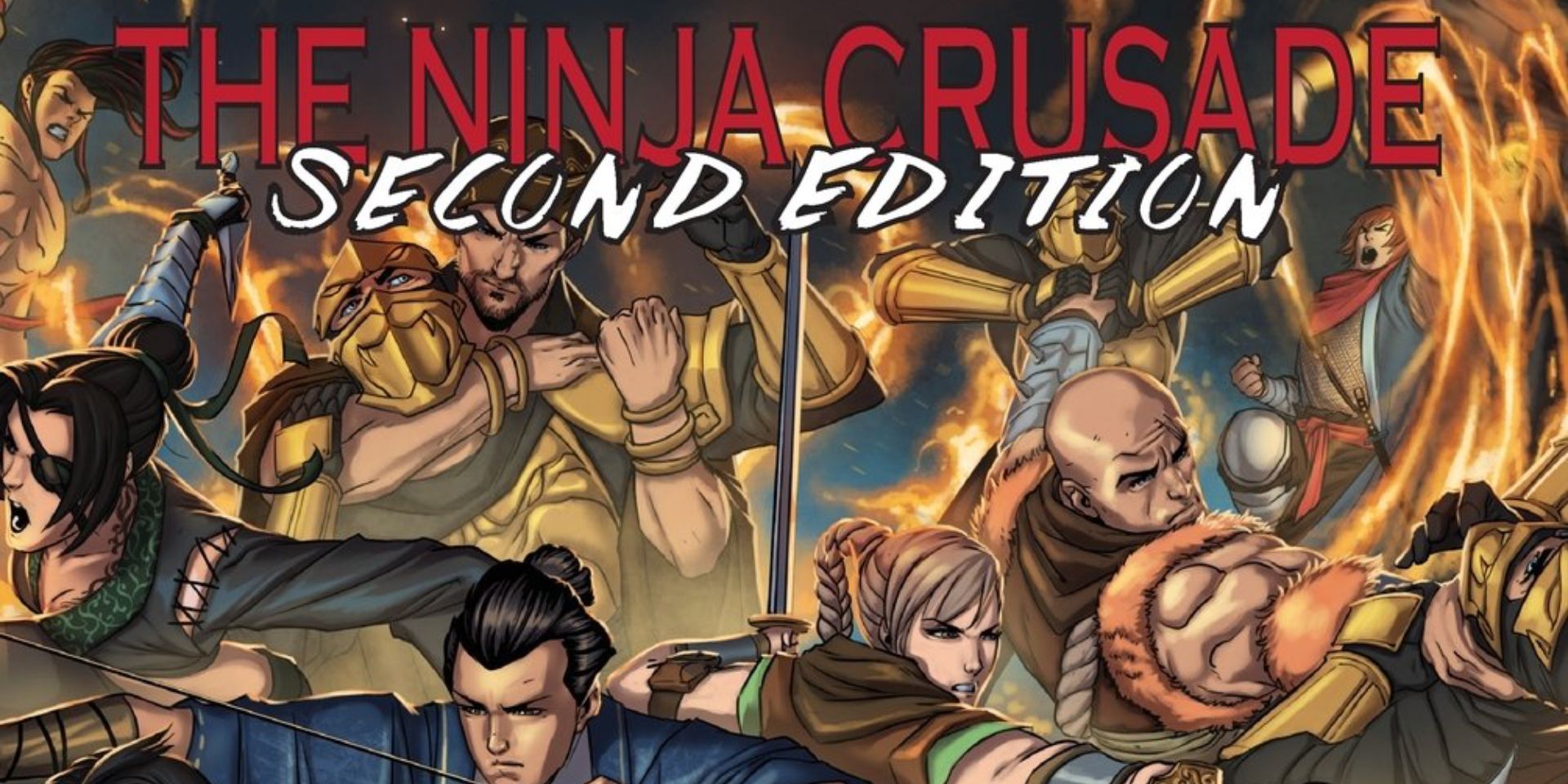
The 2nd edition of The Ninja Crusade, available on Drivethru RPG.com and set in a fantasy version of medieval Japan, are about heroic ninjas from the Lotus Coalition, fighting a war of resistance against the militant forces of the Izou Empire. Players create characters aligned with one of the ten clans of the Lotus Coalition, each specializing in certain skills and embodying different archetypes of ninja. The wandering adventures PCs go on in The Ninja Crusade draw heavy inspiration from the Ninja Scroll anime, along with more modern works such as the Naruto franchise.
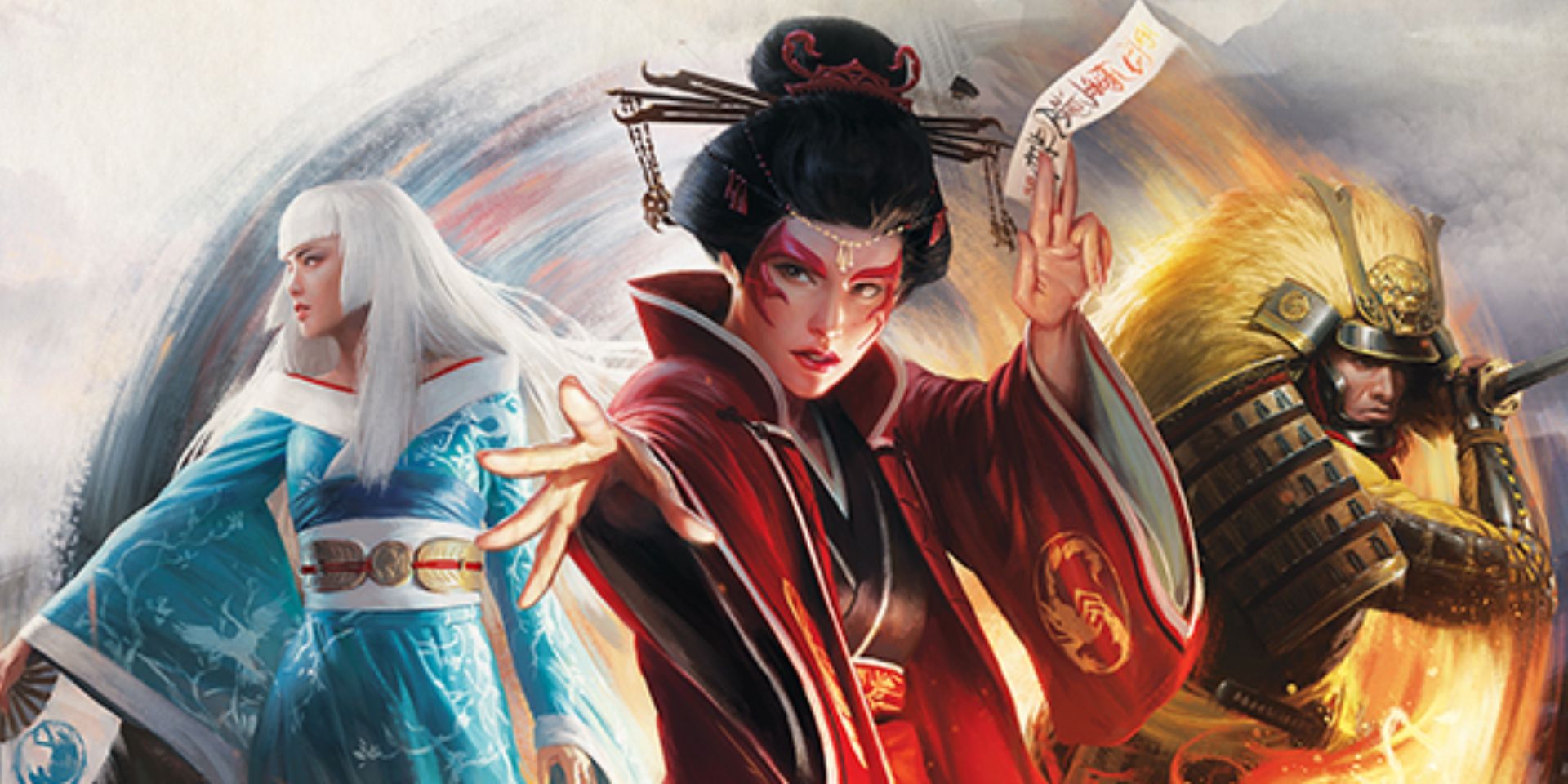
Legend of the Five Rings started out as a collective card game franchise with a rich meta-plot, then expanded into tabletop roleplaying. The latest edition of the Legend of the Five Rings Roleplaying Game can be used to tell stories about noble samurai and magic-users fending off the dark entities of the Shadowlands, or political plots with scheming courtiers and genius generals. If players choose to create characters who hail from the mask-wearing, ninja-patronizing Scorpion Clan, they can also immerse themselves in tales of stealth, infiltration, lies, and assassination – dishonorable deeds committed for the greater good of Rokugan.
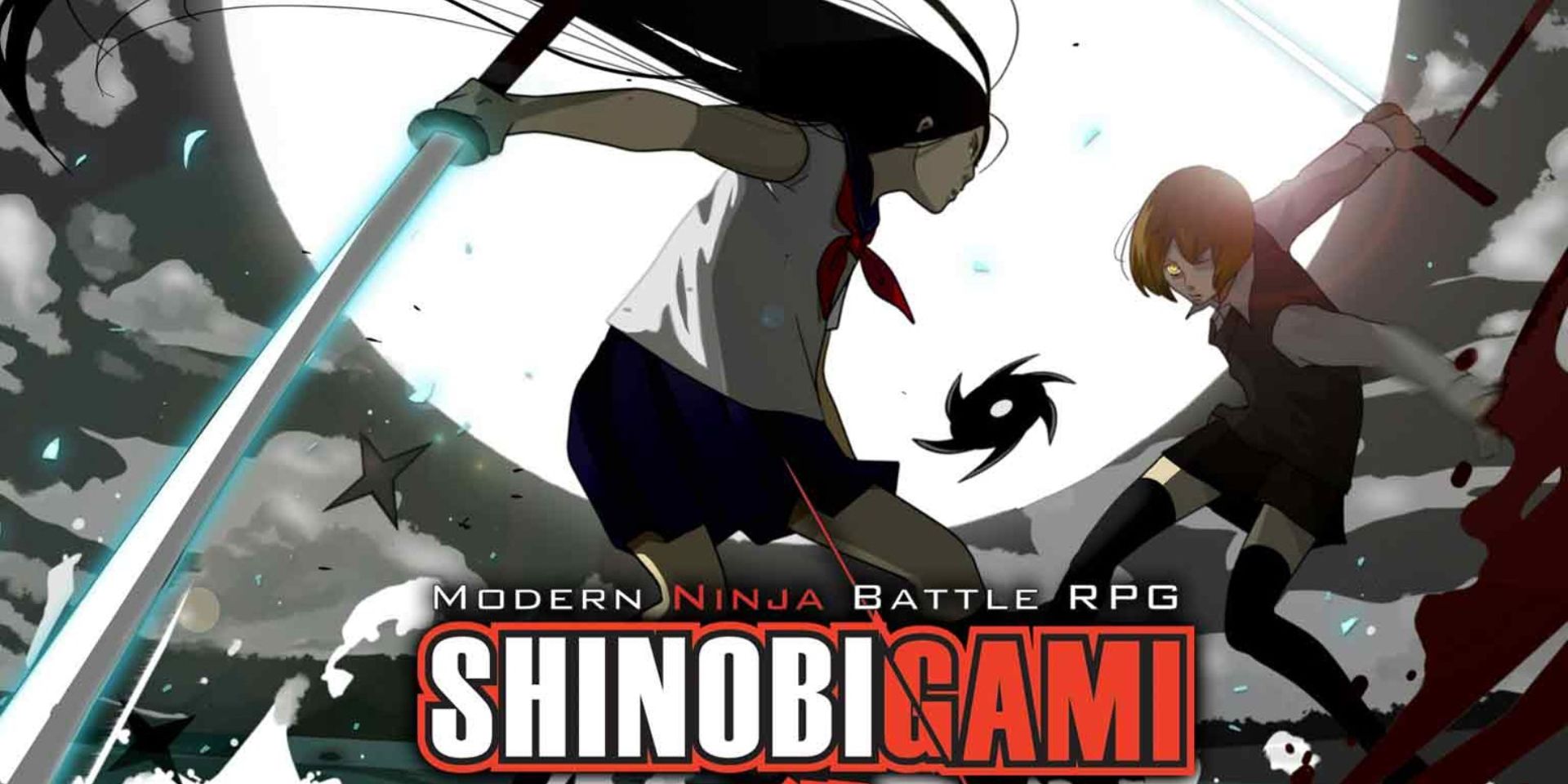
Shinonbigami, an RPG translated from Japanese after a successful Kickstarter, is set in modern day Japan and is centered around a shadow war between the members of rival ninja clans – who also have day jobs, families, schoolwork, and other everyday concerns. The gameplay cycle of a Shinobigami session is broken into four parts. In the first three “Cycles,” each ninja player character takes a turn in the narrative spotlight to pursue their secret goals, learn the secrets of other characters, and develop their relationships. The final part, a “Climax Phase,” is a free-for-all battle between players and groups of players where secrets are revealed, relationships are pushed to the breaking point, and spectacular ninja arts are employed.
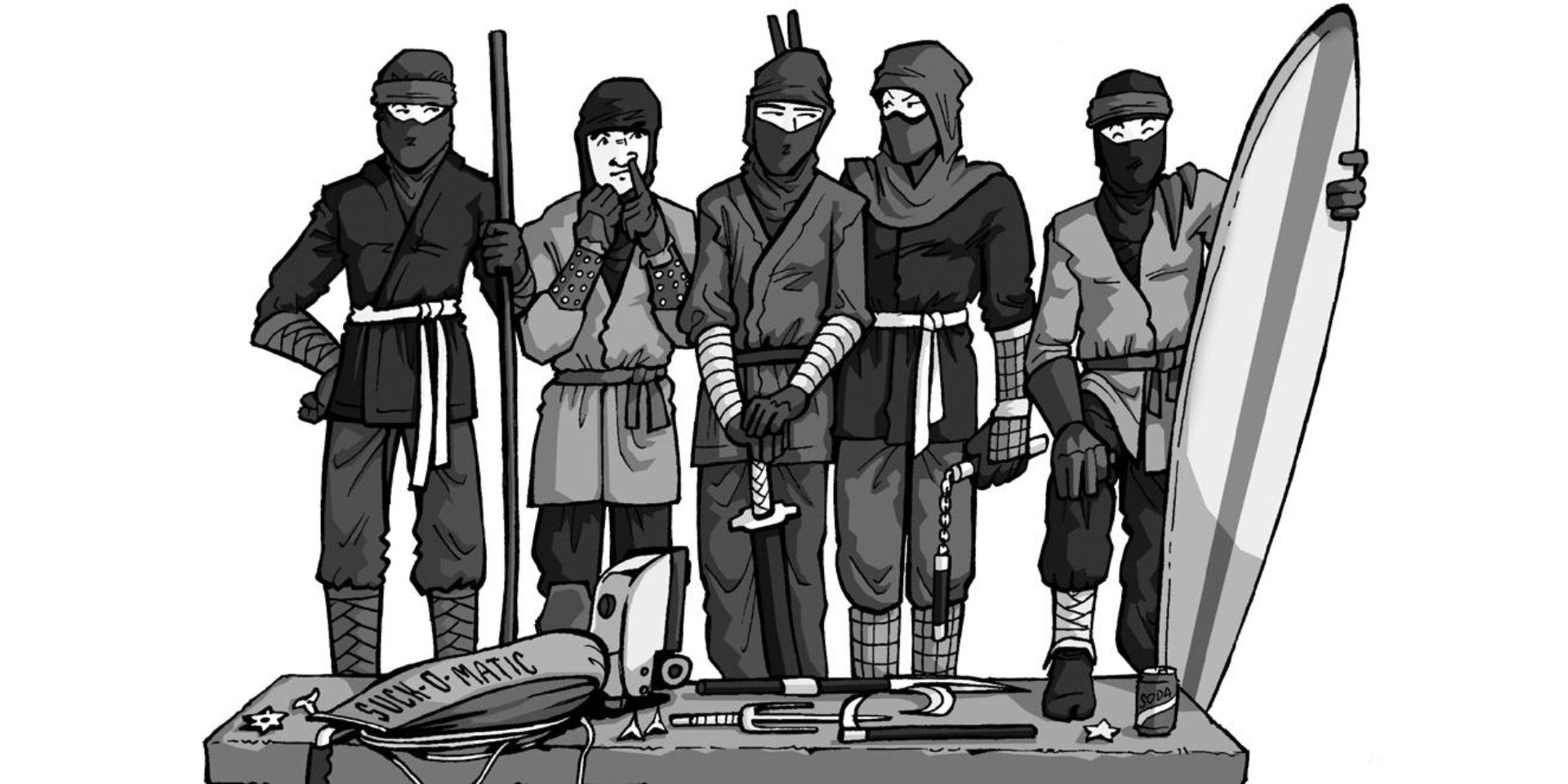
Ninja Burger is a low-prep RPG about ninjas. Who work in the fast-food industry. Set in a world that’s a madcap blend of Teenage Mutant Ninja Turtles, The Adventures of Dr. McNinja, and the “Deliverator” scene from the cyberpunk novel Snow Crash, the goal of players in a Ninja Burger session is to use the stylized ninja skills of their PCs to deliver meals to customers (undetected) within 30 minutes or less. No matter what. Obstacles standing in the path of Ninja Burger PCs can range from mutant sewer dwellers and hostile ninjas to rival fast food franchises such as Pirate Pizza, making this a tabletop RPG with ninjas that can provide as much amusement as adventure.
Sources: Drivethru RPG, Kickstarter

